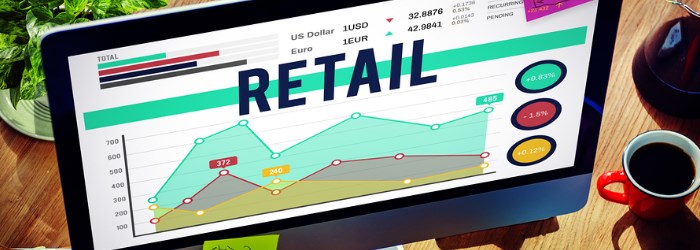Why Retailers Need to Make a Rush for Analytics this Festive Season

The festive bells are ringing and it’s time for retailers to make the most of it. And who other than a retailer would know how cruel things can get during this time of the year. As a retailer you must be knowing how things went wrong last season, when you had to put up with a loss for under estimating or over estimating product demand, or how a sudden resource crunch let you down and robbed you of your chances of making more money. What’s worse, with this year’s holidays rapidly approaching, your chances of repeating the mistakes remain equally high. The good news, however, is that you can put a stop to such fluctuating sales fortunes by embracing analytics.
How to Avert Last Year’s Mistakes
Knowing the days and hours that drive the most sales for your business comes handy while planning future holiday retail strategy. Traffic in November and December vary hugely compared to the levels seen the rest of the year and knowing the specific days of the week or special days like Thanks Giving Day and Black Friday can provide retailers an insight into when demands may peak causing stocks to run out. Armed with this knowledge, predicting and planning stock inventory for the next season would no longer be a shot in the dark exercise.
Next comes, the need to have the right number of salespersons on the floor. With crucial data in hand, you are in a better position to know how many staff members you may need or which hours they need to be contracted to work. Having the right numbers of staff on the shop floor helps you to convert browsers into buyers else you may have to put up with customer service levels slip and conversion drops. Correlating staff resource and footfall takes away the strain associated with scheduling, thus liberating store managers from taking up tasks not associated with their core work while gaining insights into periods of over or under-staffing in stores.
In addition to these, the cumulative data can be used to understand purchase trends, buying behavior, response to behavior basis which you can tailor a sales strategy for the next season.
Analyzing data works at multiple stages — from collection to filtering, organizing to streamlining and modeling to visualizing. This may bring to your mind the deterring image of a large team of skilled analysts which is anything but true. Today, there are multiple tools, including publically available free ones, for running high speed web analytics on massive amounts of data. These tools can provide highly reliable insights into predicting and streamlining business efficiency.
A recent report found that 50 percent of retailers are not using data effectively to optimize sales for the peak days of festive season. The study further revealed that retailers using data analytics for business decisions were three times more optimistic about a successful festive sales than those with no use of data analytics.
To visualize sales accurately next year, it’s time you sow the seeds this year.
